Lyme Disease Horses Symptoms
Lyme disease horses symptoms. Arthritis is frequently found and horses are often lame on more than one limb with swellings in numerous joints. Clinical signs most commonly attributed to Lyme disease in horses include low-grade fever stiffness and lameness in more than one limb muscle tenderness hyperesthesia swollen joints lethargy and behavioural changes Magnarelli et al2000. 288 Infectious Diseases of the Horse of practice.
Lyme Disease Symptoms in Horses Low energy or irritability. Lymex supports the horses immune system and aids in relieving symptoms like inflammation lethargy as well as muscle and nerve pain. The whole of one or more legs will often be.
Neurological dysfunction and panuveitis have been. Horses usually show signs of the illness 10 to 45 days after infection. Typical symptoms are lameness low levels of energy and a surly attitude.
Signs and symptoms often include neurologic impairments chronic weight loss low-grade fever sporadic or shifting leg lameness muscle tenderness and arthritis. The challenge with chronic Lyme disease in horses is that the disease has often already taken a toll on the horses overall health and worn down their immune system as well as their mood appetite and more. If you suspect Lyme disease in your horse contact your veterinarian right away.
Although horses have tested positive for exposure to the disease-causing bacteria it is unclear whether there is a relationship between the exposure and any signs of infection such as lameness fever loss of appetite fatigue or difficulty breathing. Horses that have contracted Lyme Disease often show varying symptoms depending upon which system of the horse has been affected. SUMMARY of LYME DISEASE IN HORSES.
There is no vaccination for Lyme disease in horses. If used on a continual basis this formula can help prevent Lyme flare-ups. Like humans not all horses show signs and not all signs mean disease.
Sadly the prevalence of Lyme disease has grown so rapidly that it is not only a disease for the weak immunosuppressed or very young or very old horses. In North America Lyme Disease is most often spread by deer ticks The disease is spread by the bite of infected Ixodeshard-shelled ticks.
In people the first symptom is often a rash that expands around the bite site and resembles a bulls eye target.
In North America Lyme Disease is most often spread by deer ticks The disease is spread by the bite of infected Ixodeshard-shelled ticks. Signs and symptoms often include neurologic impairments chronic weight loss low-grade fever sporadic or shifting leg lameness muscle tenderness and arthritis. Any horse that lives in an area where ticks are found is susceptible to the disease and horses of any age and condition from the pasture pet to the top competitor can contract Lyme disease. If used on a continual basis this formula can help prevent Lyme flare-ups. Lymex supports the horses immune system and aids in relieving symptoms like inflammation lethargy as well as muscle and nerve pain. 4DX SNAP TEST C6 Antibody at least 3 weeks post infection INCIDENCE 25 30. The challenge with chronic Lyme disease in horses is that the disease has often already taken a toll on the horses overall health and worn down their immune system as well as their mood appetite and more. Horses usually show signs of the illness 10 to 45 days after infection. Horses that have contracted Lyme Disease often show varying symptoms depending upon which system of the horse has been affected.
Less common signs can include incoordination muscle swelling and colic symptoms. Some of these are damage to your horses nervous system skin joints and vision. Common clinical signs include swollen limbs fever and small bleeds around the nose mouth eyes and vulva. Lyme Disease Symptoms in Horses Low energy or irritability. Lyme Disease can often present itself in horses as a kind of depression which can be easily. The whole of one or more legs will often be. The horse will go off its food and can rapidly lose weight.

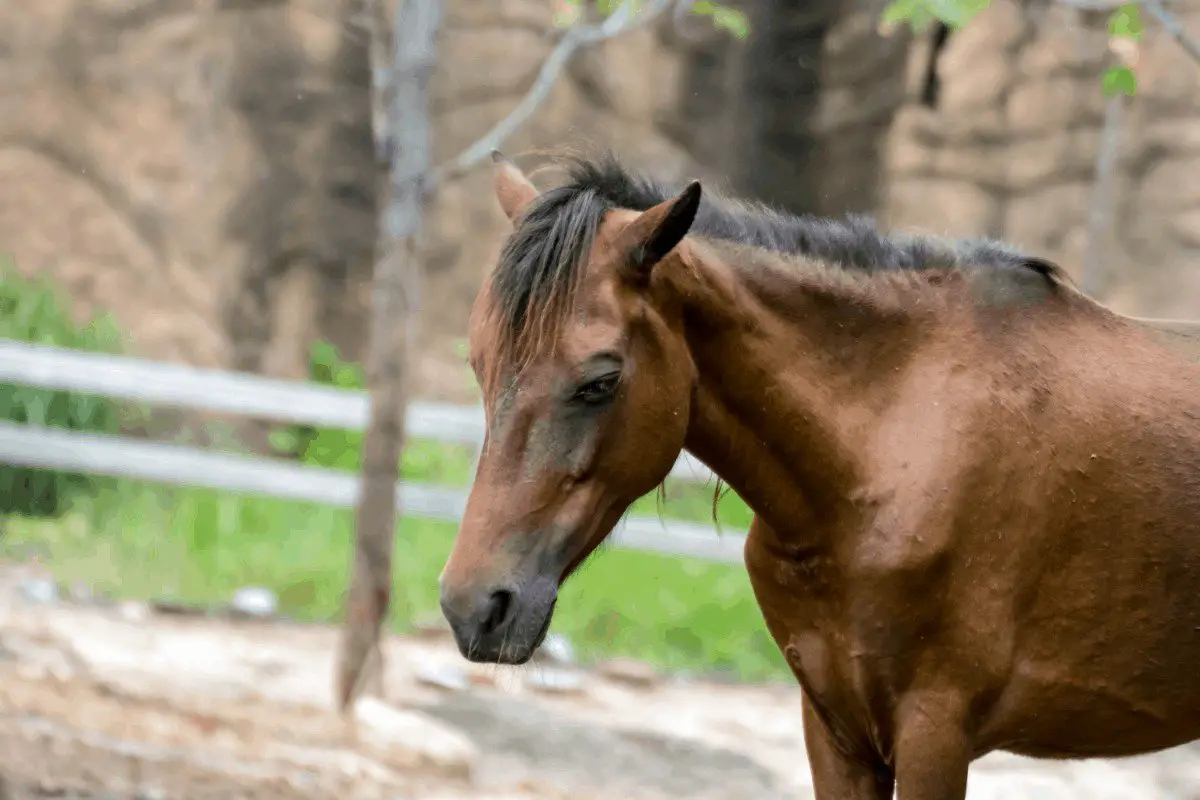

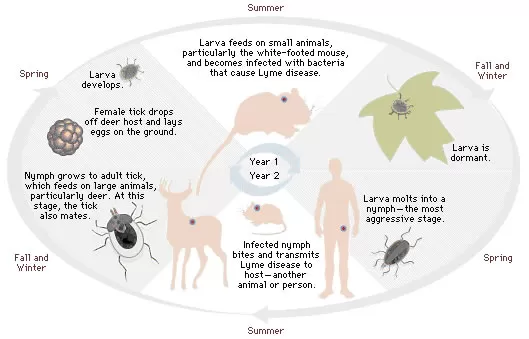





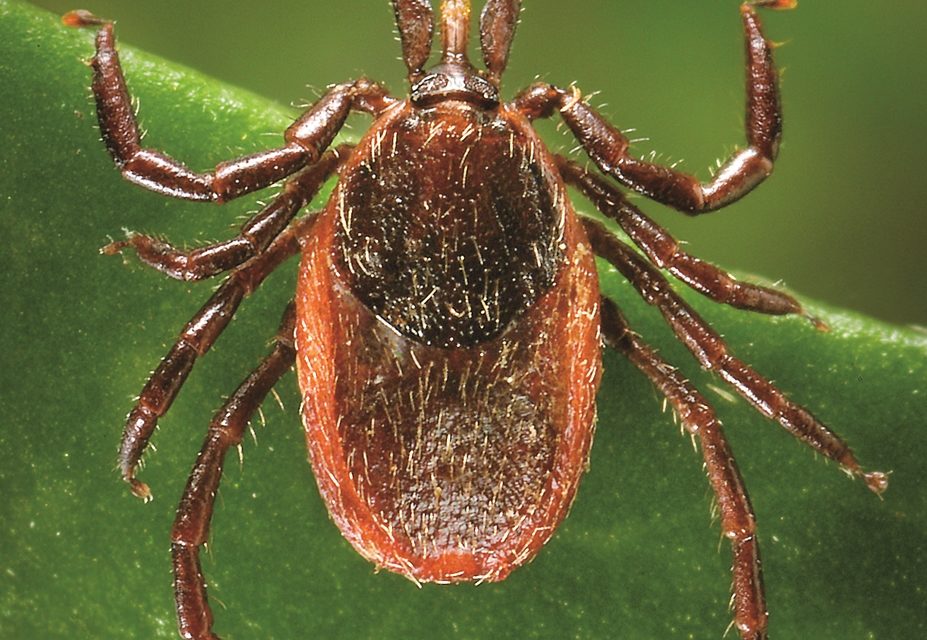
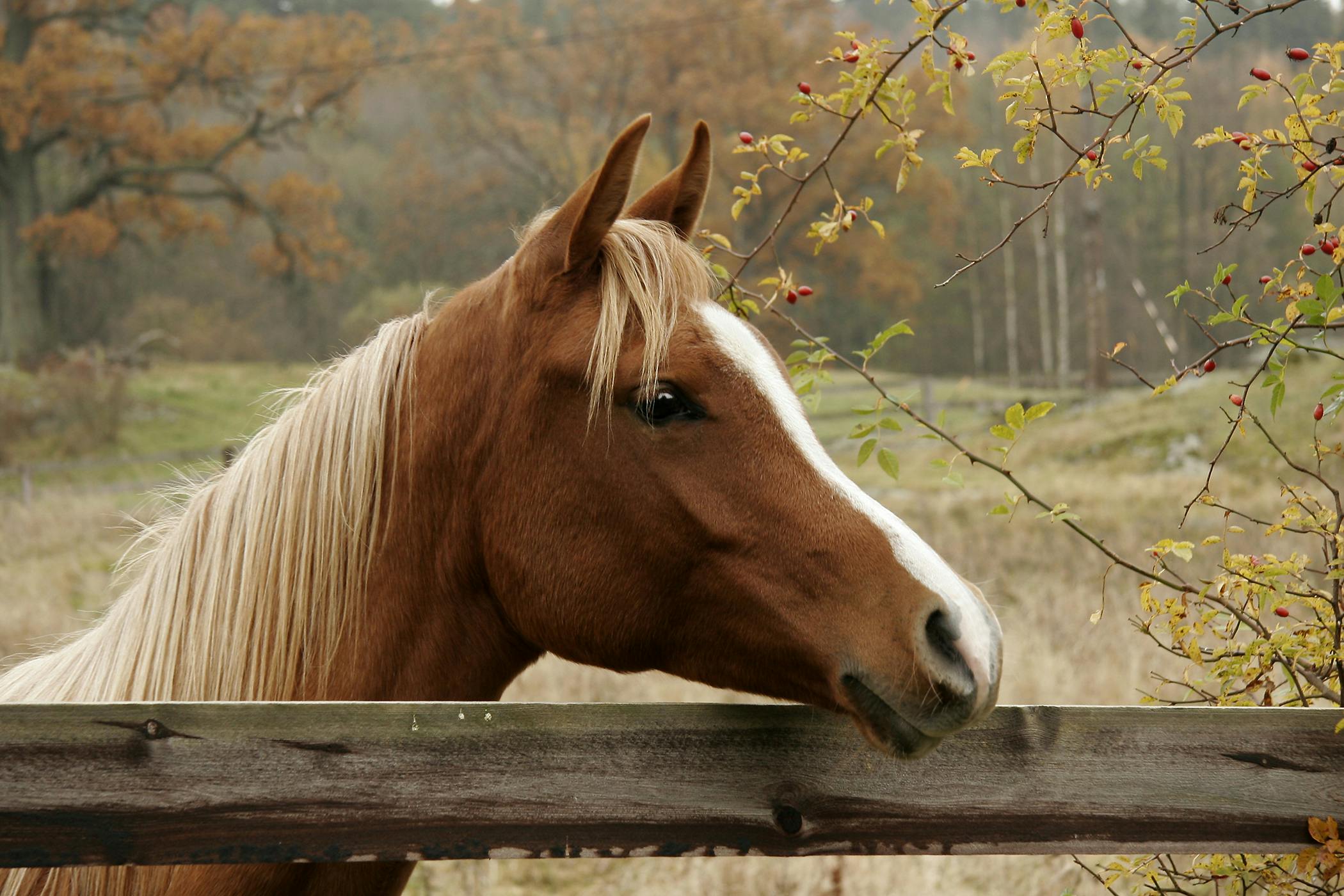
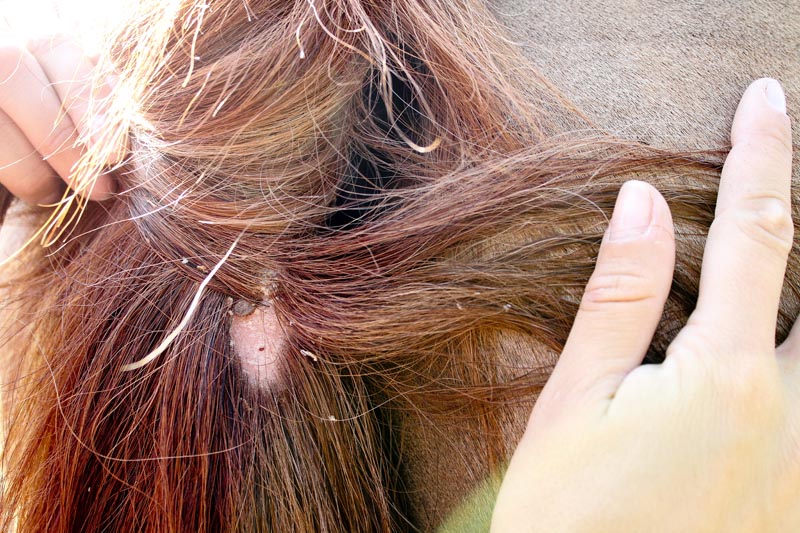
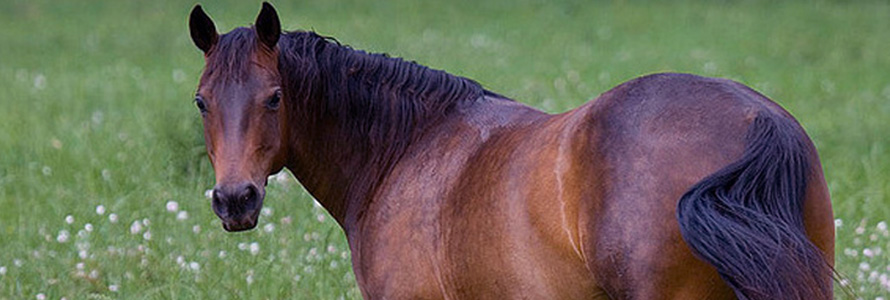




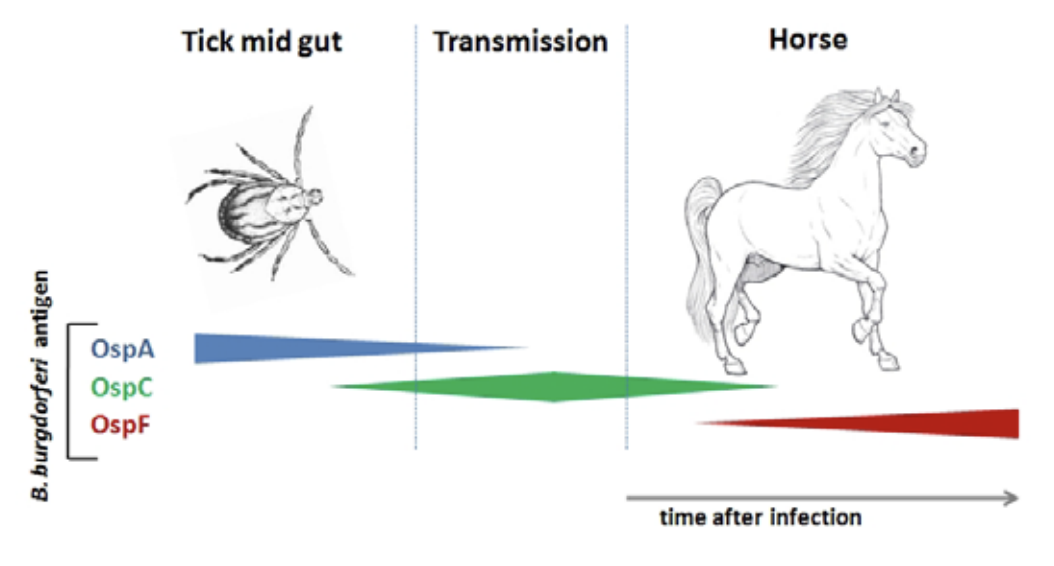

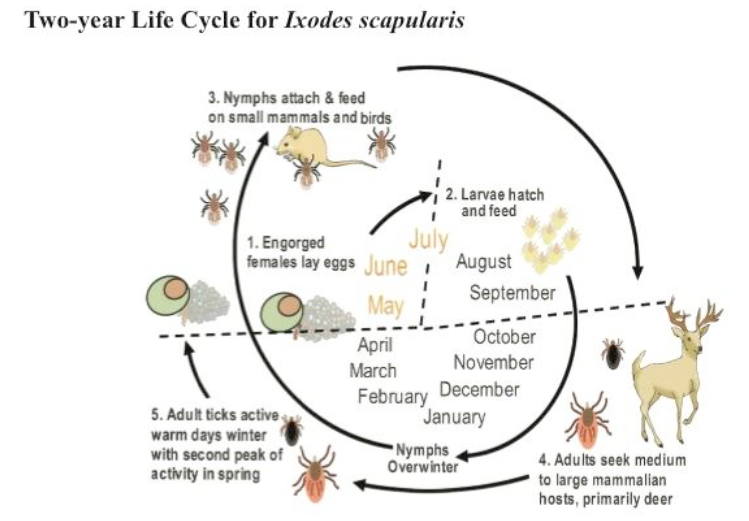







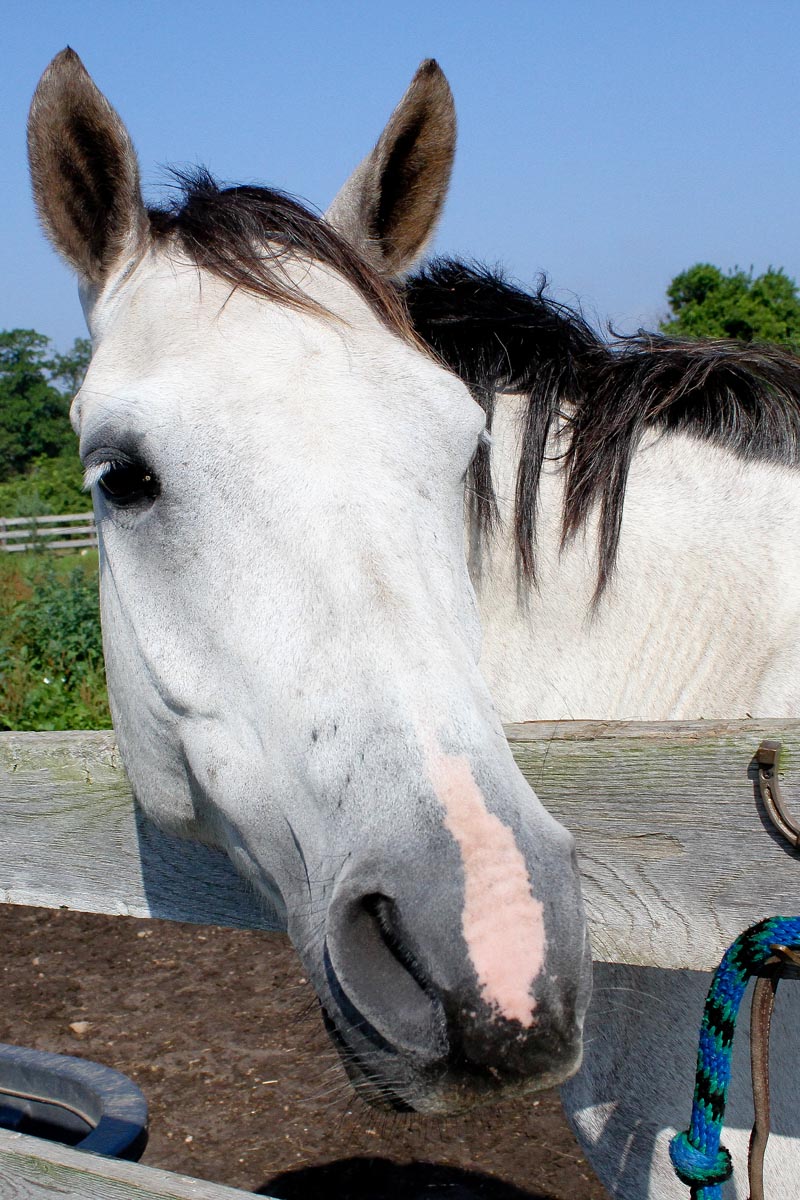








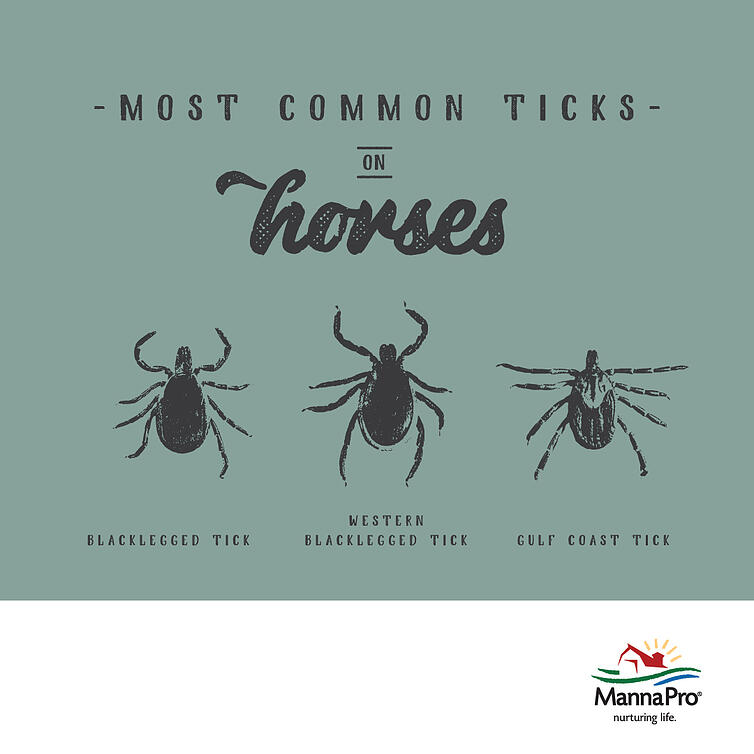


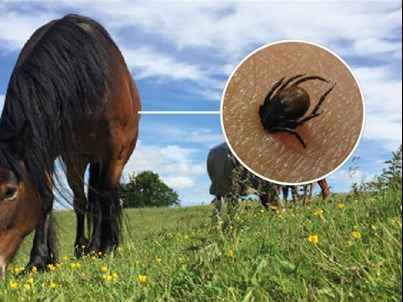
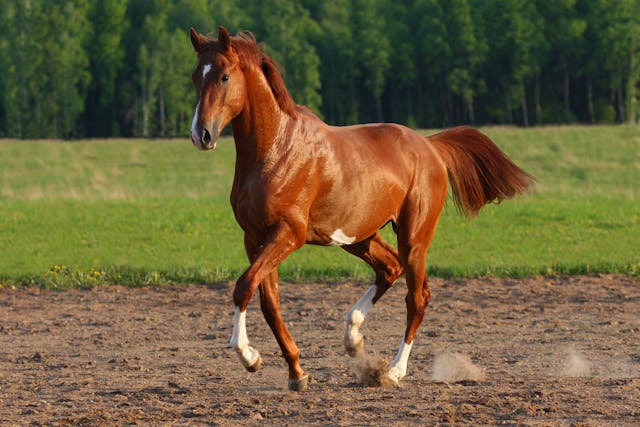

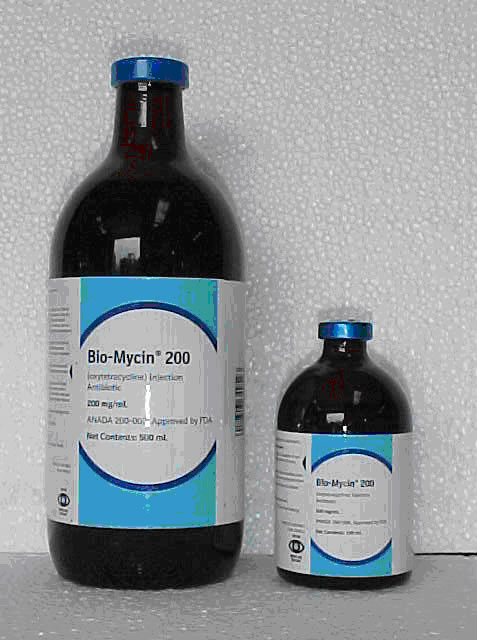

Post a Comment for "Lyme Disease Horses Symptoms"